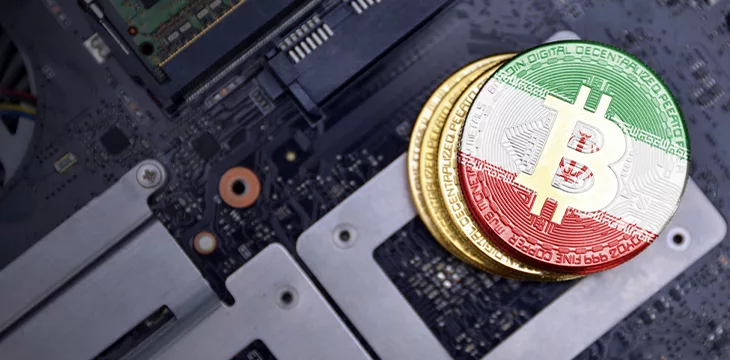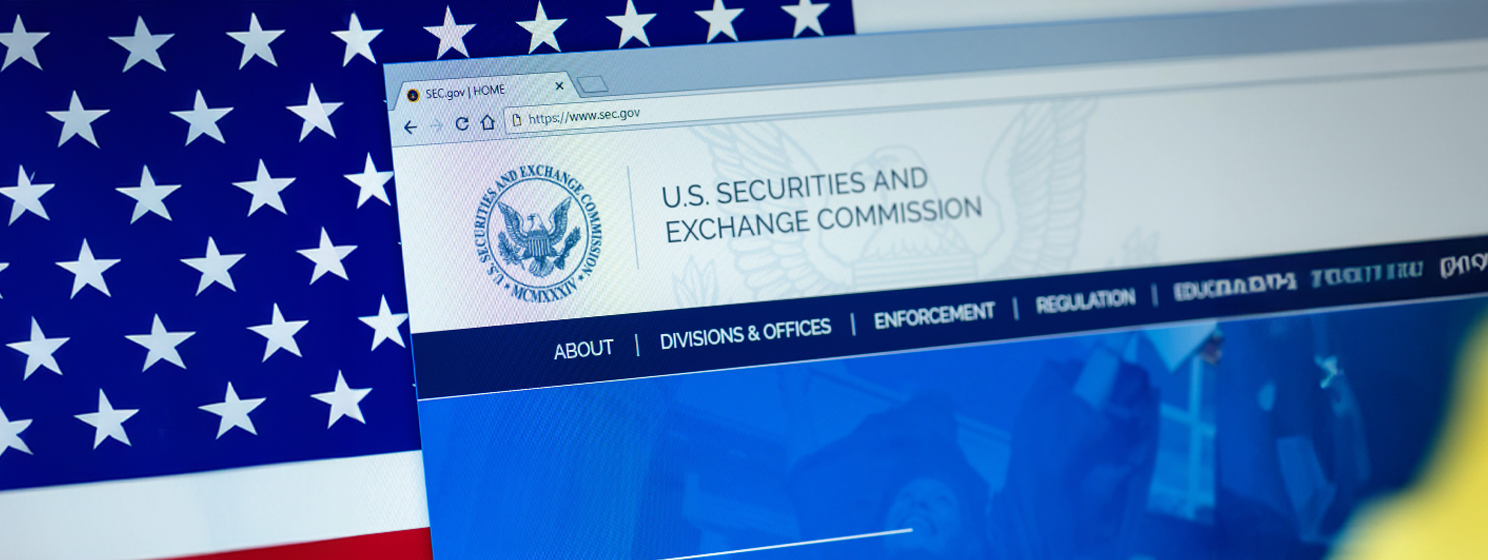
|
Getting your Trinity Audio player ready... |
The Central Bank of Iran (CBI) announced the launch of a pilot scheme for Iran’s central bank digital currency (CBDC), the digital rial, focusing on domestic micropayments.
The trial will take place on the island of Kish, where the ‘digital rial’ will be available to banking customers and tourists, starting June 21.
Known as the “Pearl of the Persian Gulf,” Kish is a 91.5 square kilometer island that hosts over 58 hotels and residential complexes. It accommodates thousands of visitors daily and reportedly attracts around 12 million visitors annually. Kish was also the country’s first free trade-industrial area.
Iran’s “free zones” offer various incentives to foreign investors, such as tax and customs exemptions, lenient labor regulations, and simplified administrative procedures, as well as exempting tourists from many countries from obtaining a visa to visit.
All of these factors made Kish a prime location for creating a domestic and international digital asset exchange hub, according to a 2021 proposal by Iran’s former minister of information and communications, Muhammad Javad Azari. It also made it a logical place to trial a retail CBDC.
Iran’s retail CBDC and micropayments
As part of the pilot, bank customers and tourists will be able to use digital rial to pay for goods and services by scanning a barcode through special software, offering an additional payment method for cash and bank cards.
“Unlike other types of electronic money commonly used in the country, which are used through bank accounts and common payment tools such as bank cards, the digital rial does not require interbank settlement to transfer funds between the buyer and the seller,” said the CBI, adding that “payment with this method is much easier than common card payment methods while increasing payment security.”
The CBI also noted that the trial would be a “first step,” laying the groundwork for developing a broader digital economy in the country and responding to the development needs of the payment field.
Important goals of the Kish pilot include “increasing resilience and stability in the country’s payment infrastructure… improving the efficiency and developing new payment tools, and managing the risks caused by the spread of private money.”
Another key feature of the digital rial for the CBI was “recreating the role of electronic banknotes in small payments in the country, improving micropayments.”
More and more central banks are exploring CBDCs, and the ability to process micropayments is a requirement, particularly for any retail CBDC, if it hopes to find wide adoption by the general public and businesses alike.
A retail CBDC is a form of central bank digital currency used by the general public, while a wholesale CBDC is used among banks and other licensed financial institutions for interbank payments and securities transactions.
The Kish Island digital rial will be a retail CBDC and does not require interbank payments.
Iran’s CBDC story
In January 2022, it was reported that Iran planned to launch a CBDC pilot in the near future, with the central bank believing that it could help resolve inconsistencies with its financial system and decentralize resources.
Later that year, Iran launched a limited pilot scheme in September in partnership with two local banks. As explained by central bank governor Ali Saleh Abadi, a limited number of people were given one billion tomans ($311,000)—the toman is a superunit of the rial, one toman being equivalent to 10,000 rial—by two of the country’s larger financial institutions, Bank Melli and Mellat Bank, and two shops were designated for the use of the CBDC.
In March 2023, after the successful completion of this limited pilot testing stage, the CBI announced that the CBDC was entering its trial phase.
At the time, the head of the central bank’s payment systems supervision office, Mohammad Reza Mani Yekta, stated that if a digital version of the rial was eventually launched, the regulations that apply to physical banknotes would also apply to the digital currency. Furthermore, the CBDC infrastructure would incorporate some blockchain features, and both individuals and banks would receive the digital rial.
According to the CBI, the public rollout of the digital rial on Kish Island is an expansion of the digital rial pilot program started in 2023.
Iran is no stranger to hitting the headlines for digital asset matters. The country has been under heavy U.S. sanctions for nearly 40 years, but with the advent of digital currencies, the pariah state saw a route to circumvent some of these economic impositions.
Iran and sanctions
To this day, any foreign company conducting trade with Iran—the most sanctioned country in the world before Russia’s invasion of Ukraine—will likely face penalties if transfers involve dollars or a U.S. citizen works in that company.
In 2018, the Office of Foreign Assets Control (OFAC)—a financial intelligence and enforcement agency of the U.S. Treasury Department—issued its first digital asset-related sanctions, designating two Iranian nationals associated with the SamSam ransomware strain on its Specially Designated Nationals And Blocked Persons (SDN) List.
Despite this, Iran continued to pursue digital solutions to evade restrictions. In 2020 the CBI and the Iranian Ministry of Energy amended the country’s laws to permit the use of digital assets to pay for imported goods in an effort to avoid sanctions barring access to foreign currency.
In August 2022, Iran made its first official digital asset import order worth $10 million. In November of that year, it was revealed that Binance, had processed Iranian transactions with a value of $8 billion since 2018.
U.S. sanctions have also hampered Iran’s oil exports, so Tehran once again turned to the digital asset space, this time utilizing its oil surplus to supply electricity for digital asset mining hubs. In 2020, Iran was responsible for around 4.5% of global BTC mining, amounting to revenues worth $1 billion annually.
However, regarding the country’s latest venture into the digital asset space, the CBI was keen to emphasize that the digital rial is meant exclusively for use on Kish Island and, should it prove successful, eventually only within the country’s geographical boundaries, to facilitate domestic micropayments.
To learn more about central bank digital currencies and some of the design decisions that need to be considered when creating and launching it, read nChain’s CBDC playbook.
Watch Now: BSV Stories – Episode 4 – The Middle East’s Blockchain Race

 11-22-2024
11-22-2024


